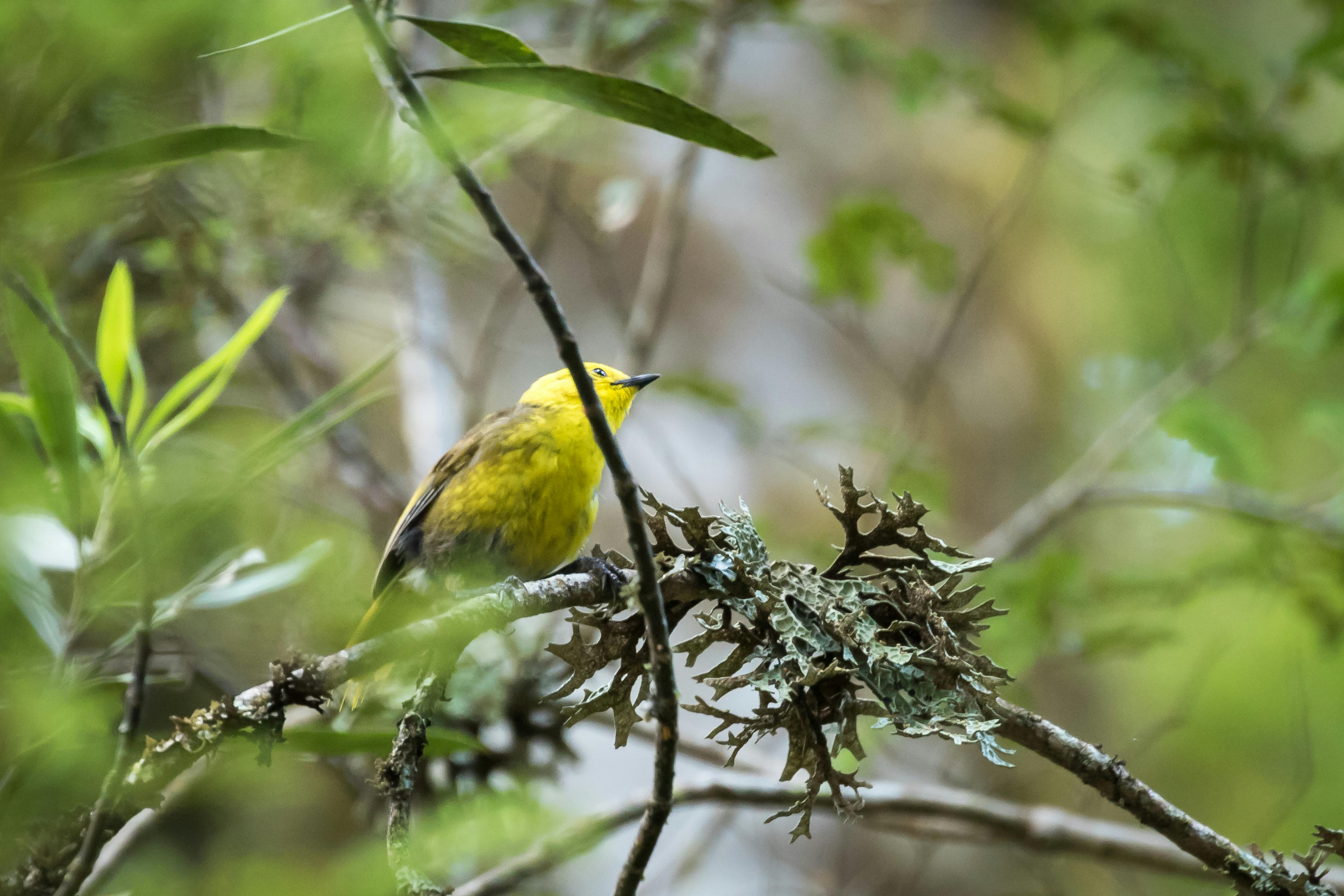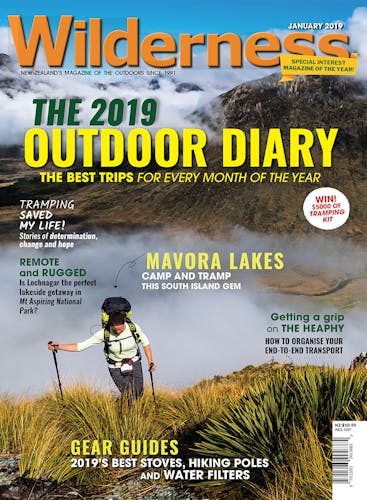Yellowhead (mohua) were once the most common and conspicuous birds in the South Island and Stewart Island, but the arrival of rats and stoats has greatly reduced their numbers and distribution.
Conservation status
Endemic species classified as ‘recovering’.
Features
Mohua have an eye-catching bright yellow head, neck and breast. The back, wings and tail are brown while the tail can sometimes be tattered and spiky. They are about the size of a sparrow and can be confused with a male yellowhammer. The difference being that the yellowhead will never leave the forest and the yellowhammer will never enter it.
Call
The most common sound emitted by yellowhead is a characteristic machine gun-like chatter made by both sexes. Males will sometimes sound a much more musical song and the females have been heard sending out a descending ‘buzzing’ call.
Bird spotting tip
Mohua live high in the canopy of native bush. The best way I have found to track them down is to use your ears, listening for that machine gun-like chatter. Once you have the general area pinned down, use your peripheral vision to locate their movement.
Diet
Mohua eat mostly invertebrates with their favourites being caterpillars and spiders. A common method of foraging is to scratch at loose bark, mosses and ferns on the trunks of trees. It is not unusual for them to scratch with one leg while hanging onto a tree trunk with the other leg, using their tail for extra support.
Nesting
A mohua nest is a woven, feather-lined cup of fibres (grasses, lichen, moss etc) built in a tree cavity anywhere from ground level to 30m high. They are monogamous breeders and the female incubates the eggs by herself over 20 days. The male joins in the parenting by helping with feeding and care. Chicks leave the nest after about 20 days, but are fed intensively for several more weeks.
Feathery fact
There are mohua strongholds in parts of the Catlins, Landsborough Valley, the Dart River and the Blue Mountains. They are very agile when flitting from branch-to-branch while foraging but they are surprisingly poor flyers when travelling more than a few metres.








